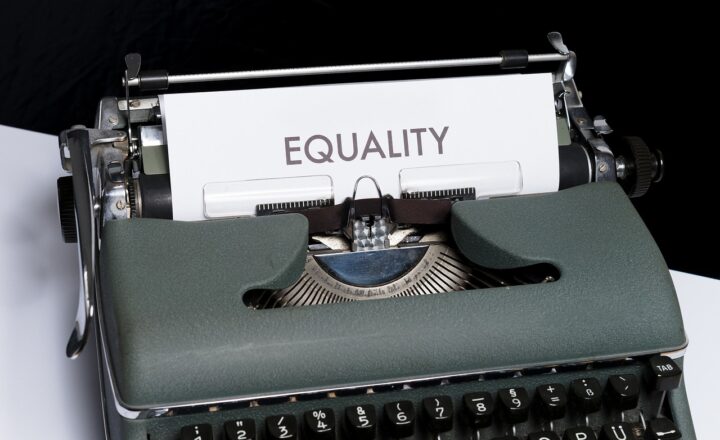
Economic aid has been a pivotal component in the efforts to resolve conflicts and support peace agreements across the globe. Understanding its significance entails not only recognizing what economic aid entails but also the intricate dynamics of how it interacts with political processes during and after conflicts. This article explores the nuances of economic aid in the context of peace agreements and conflict resolution, examining its effectiveness, challenges, and overall impact.
1. Understanding Economic Aid
Economic aid generally refers to the transfer of financial resources, technical assistance, or material support from one country (or international organization) to another, primarily to foster economic development and welfare. This aid can be bilateral, involving two nations, or multilateral, extended by international organizations like the United Nations or the World Bank.
There are several forms of economic aid:
- Humanitarian Aid: Provided during crises to address immediate needs such as food, shelter, and medical assistance.
- Development Aid: Focused on long-term social and economic development goals, targeting poverty alleviation, health care, education, and infrastructure improvements.
- Military Aid: Support provided to assist a nation in military endeavors, which can also impact peace processes indirectly by enhancing security.
Understanding these categories is essential as they each play different roles in peace agreements.
2. Economic Aid as a Tool for Conflict Resolution
Economic aid can serve multiple roles in conflict resolution:
A. Incentive for Compliance
Economic aid can act as a significant incentive for conflicting parties to engage in negotiations and adhere to peace agreements. The promise of aid can provide financial stability and relief, making it more appealing for parties to maintain their commitments to ceasefires or disarmament initiatives.
A prominent example includes the post-civil war period in El Salvador, where substantial U.S. economic assistance was integral to the peace process. The aid targeted poverty alleviation and reconstruction efforts, reinforcing the incentive for former adversaries to uphold agreements.
B. Facilitating Reconstruction and Economic Recovery
Once a conflict has concluded, the need for economic revitalization becomes paramount. Economic aid plays a vital role in facilitating reconstruction, rebuilding infrastructure, and providing jobs, all of which are essential for establishing durable peace.
For instance, the European Union (EU) provided substantial economic aid to Bosnia and Herzegovina after the Dayton Agreement in 1995, helping to rebuild war-torn areas and promote economic integration.
3. The Challenge of Conditionality
While the potential benefits of economic aid in peace agreements are significant, challenges often arise:
A. Political Conditionality
Donor nations and organizations frequently impose conditions on their aid, requiring recipient countries to adhere to certain political reforms or governance standards. While this conditionality can potentially promote long-term stability, it can also hinder the flow of aid in situations where political conditions are not met, thereby risking the stability that aid could foster.
An illustrative case is Zimbabwe, where international aid was significantly curtailed due to concerns over government mismanagement and corruption following the contentious elections in the 2000s.
B. Misallocation and Corruption
Another concern surrounding economic aid is the potential for misallocation. In some situations, economic aid fails to reach its intended beneficiaries. Corruption can derail aid efforts, causing funds to be siphoned off before they can enact any real change.
For example, in Afghanistan, significant amounts of aid were reported as mismanaged or corruptly utilized, but these funds were meant to facilitate peace and reconstruction efforts post-conflict. Such issues can lead to disillusionment among local populations, further undermining the peace process.
4. Evaluating the Effectiveness of Economic Aid
The effectiveness of economic aid in contributing to peace agreements can be assessed through various frameworks that consider both the immediate outcomes and long-term impacts:
A. Success Stories
Countries like Rwanda have successfully utilized economic aid in conjunction with solid governance frameworks and reconciliation processes post-genocide. Economic aid helped finance education and health systems, contributing to a stable society and significant economic growth.
B. The Cycle of Aid Dependency
On the contrary, continual reliance on foreign aid without substantial investments in local governance and economic development can result in aid dependency. This phenomenon can erode the self-sufficiency of nations and hinder their ability to establish independent and sustainable governance structures needed for long-term stability.
For instance, in some regions of Sub-Saharan Africa, years of economic aid have not sufficiently led to measurable improvements in governance and social stability, creating a cycle of dependency that hampers effective political and social reform.
5. Conclusion: The Future of Economic Aid in Peace Agreements
The role of economic aid in peace agreements and conflict resolution is multifaceted and complex. While it holds the potential to foster compliance and catalyze economic recovery, the effectiveness of aid is often obstructed by corruption, mismanagement, and political conditionality.
As we move toward future conflicts and peace negotiations, embracing a more integrated approach can enhance aid effectiveness. This involves not only providing aid but facilitating collaborative efforts that encourage accountability, promote sustainable governance, and prioritize projects that directly benefit the affected populations. By doing so, economic aid can move from being a mere tool of negotiation into a tangible facilitator of lasting peace.
Ultimately, the interplay between economic aid and peace processes will remain crucial in shaping the future landscape of conflict resolution globally. Understanding and addressing the challenges while optimizing the potential benefits is essential for fostering sustainable peace in conflict-affected regions.






